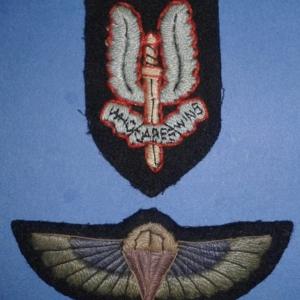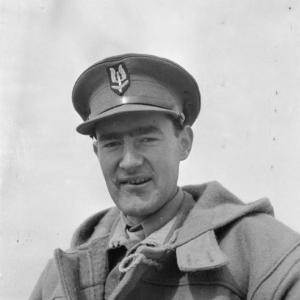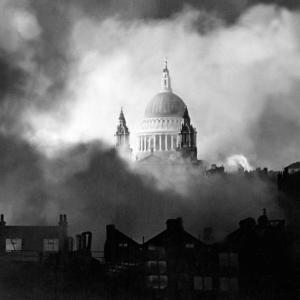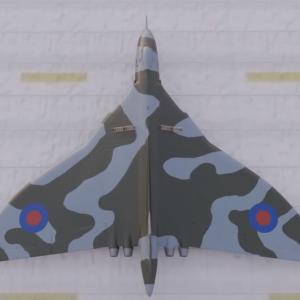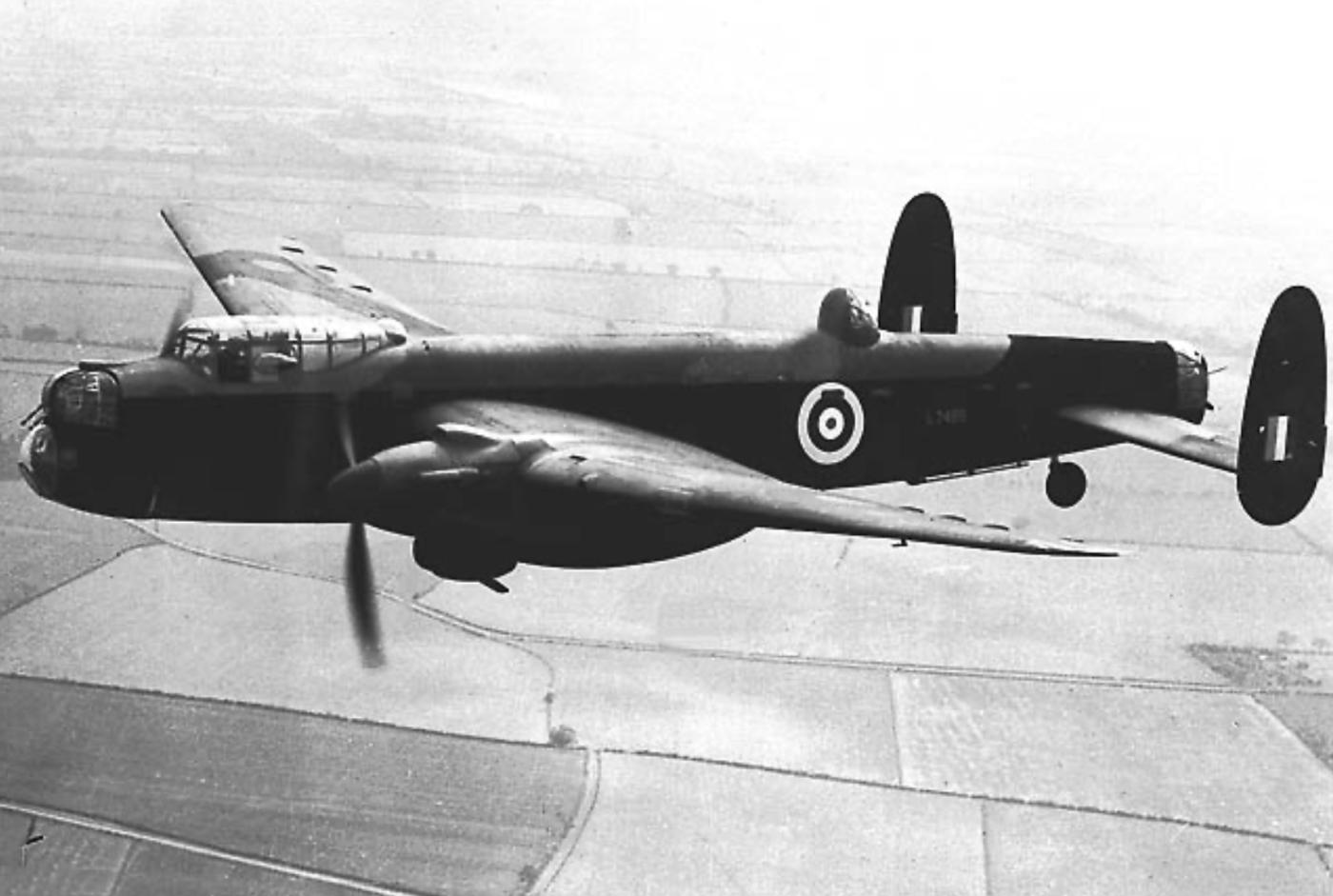
Avro Manchester bomber
The Avro Manchester was a British twin-engine heavy bomber developed by A.V. Roe and Company (Avro) for the Royal Air Force during the early years of the Second World War. Although it was originally intended to be one of the RAF's principal bombers, the Manchester suffered from serious engine reliability issues. Despite this, its design directly influenced the development of one of the most successful bombers of the war, the Avro Lancaster.
The aircraft was designed in response to Air Ministry Specification P.13/36, which required a twin-engine medium bomber capable of carrying a 4,000-pound bomb load over a range of 2,000 miles. The lead designer was Roy Chadwick, Avro’s chief designer, who would go on to design the Lancaster. The Manchester featured a mid-wing monoplane configuration, a streamlined fuselage, and hydraulically operated systems for landing gear and flaps. It also used powered defensive turrets, which was a relatively advanced feature at the time.
One of the most critical and ultimately problematic features of the Manchester was its use of the Rolls-Royce Vulture engine. This 24-cylinder X-type engine was essentially two Rolls-Royce Peregrine engines combined in an “X” layout. The intention was to achieve the power output of a four-engine aircraft with just two engines. Unfortunately, the Vulture was plagued by mechanical failures, high maintenance needs, and poor performance. These problems severely affected the reliability and combat effectiveness of the Manchester.
The prototype first flew on 25 July 1939, and the Manchester entered operational service in November 1940 with No. 207 Squadron of the Royal Air Force. Despite engine concerns, the aircraft was pressed into service due to the urgent need for bombers. While 1,200 units were originally ordered, only 202 Manchesters were actually built before production was stopped in mid-1941. By 1942, the aircraft was being phased out of front-line service.
The Manchester had a maximum bomb load of approximately 10,350 pounds, though in practical operations it often carried less. The bomb bay could accommodate a mix of 500 lb and 1,000 lb general-purpose bombs, incendiary bombs, or even naval mines depending on the mission. This gave the Manchester a decent offensive capability for a twin-engine design.
For defense, the aircraft was equipped with a total of eight 0.303-inch Browning machine guns. These were mounted in three power-operated turrets: two guns in the nose turret, two in the dorsal (mid-upper) turret, and four in the tail turret. This layout provided protection from enemy fighters approaching from multiple angles, particularly from the rear, which was a common direction of attack.
Although the Manchester’s service life was short and marked by technical setbacks, it played a crucial role in the development of British heavy bomber strategy. Most importantly, it formed the basis for the design of the Avro Lancaster. The Lancaster retained the Manchester's basic airframe but replaced the unreliable Vulture engines with four Rolls-Royce Merlins. This transformation turned the concept into one of the most successful and widely used bombers of the war.

